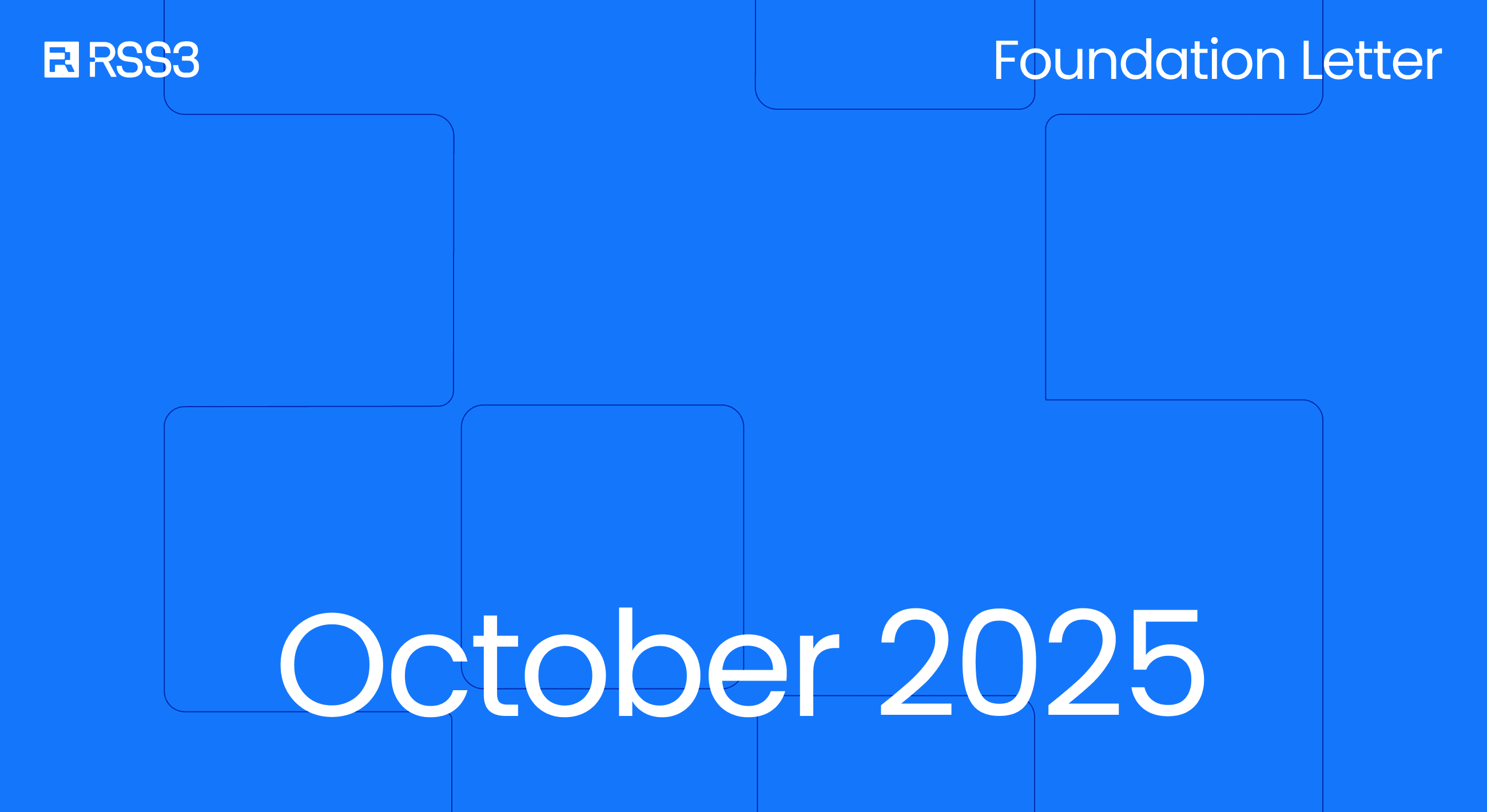RSS3 Network Data Sublayer is ready for production. It was completely rebuilt from scratch, resulting in a fully decentralized implementation. The latest version (DSL v1.0) completely replaces its predecessor, offering an even more performant solution for accessing billions of Open Information. The previous version (v0.4) will be deprecated, and we are slowly shutting down the service. The sunset date is August 13, 2024 (14 days from today).
About The Upgrade
In 2022, we shipped DSL v0.4, a version aimed to provide comprehensive Web3 Open Information coverage while maintaining high performance. It also served as a proof of concept for future decentralization. An advanced caching mechanism was employed to improve its performance while handling the complicated data structuring logic in real-time, known as the Pull architecture.
However, as the Web3 landscape has seen a drastic shift, our Pull architecture needed an upgrade. With the increase in data structure diversity (or fragmentation), data volume indexed, and requests served, we began redesigning the architecture and conducting experiments to further optimize performance while reducing operational costs.
About the Latest DSL
The DSL v1.0 has been rebuilt from scratch using a Push architecture, inheriting the merits of v0.4, and offers a solution that combines ultrafast structuring performance with scalable coverage of Open Information. Additionally, it was designed with decentralization in mind.
The latest DSL is fully decentralized, supported by over 80 RSS3 Nodes (at the time of writing) constantly structuring Open Information on the RSS3 Network:
- Data structuring is done by RSS3 Nodes scattered across the globe.
- Requests are routed through RSS3 Global Indexers and relayed to the most suitable RSS3 Nodes based on coverage and reliability.
While seemingly impossible, this decentralized version is more performant than its predecessor, with reduced operational costs for RSS3 Node Operators.
We encourage all developers to begin the migration process today. For detailed guidance, refer to our parameter-by-parameter migration guide: Migration Guide.
Let’s build the Open Web together!



